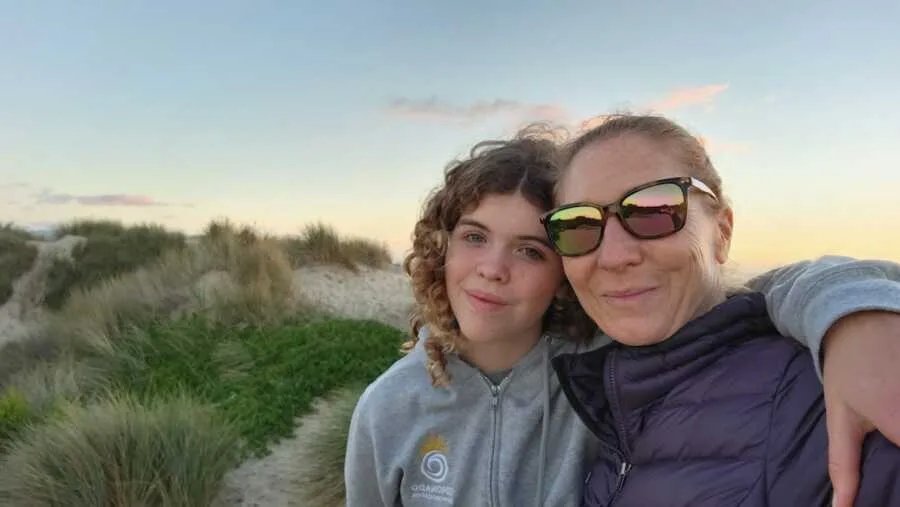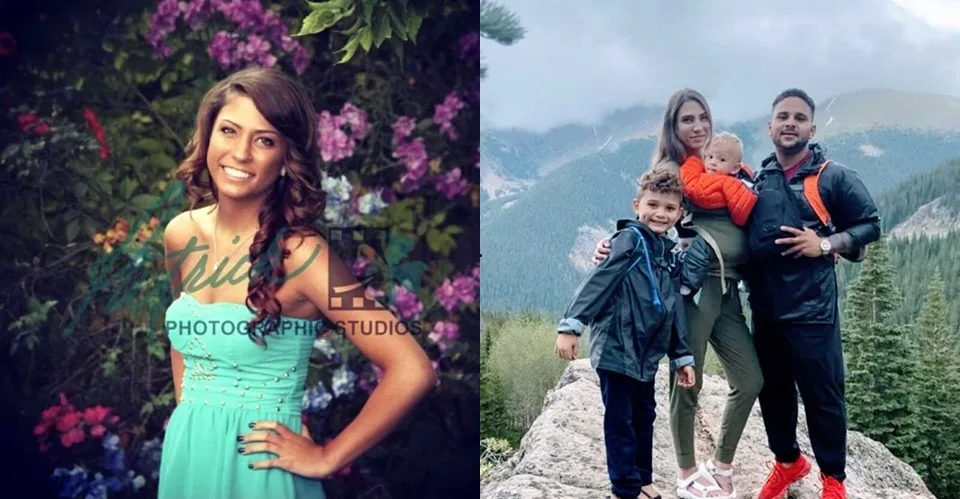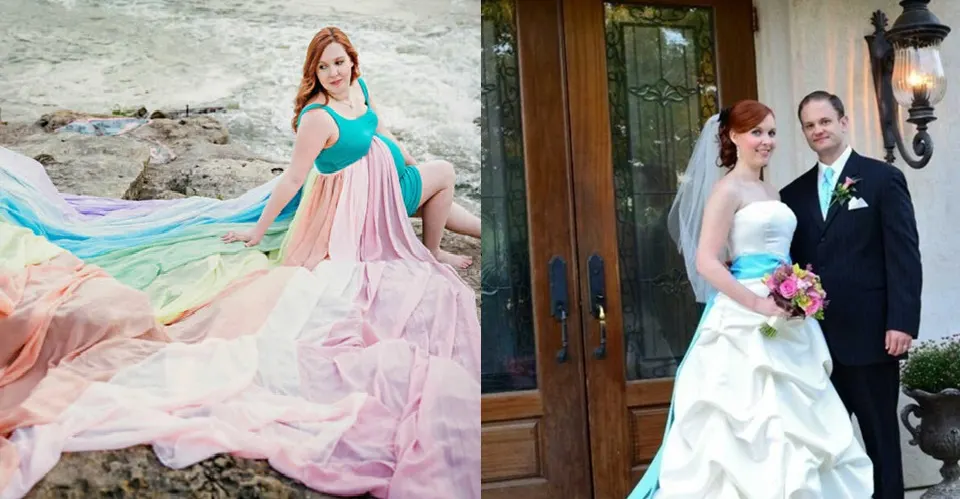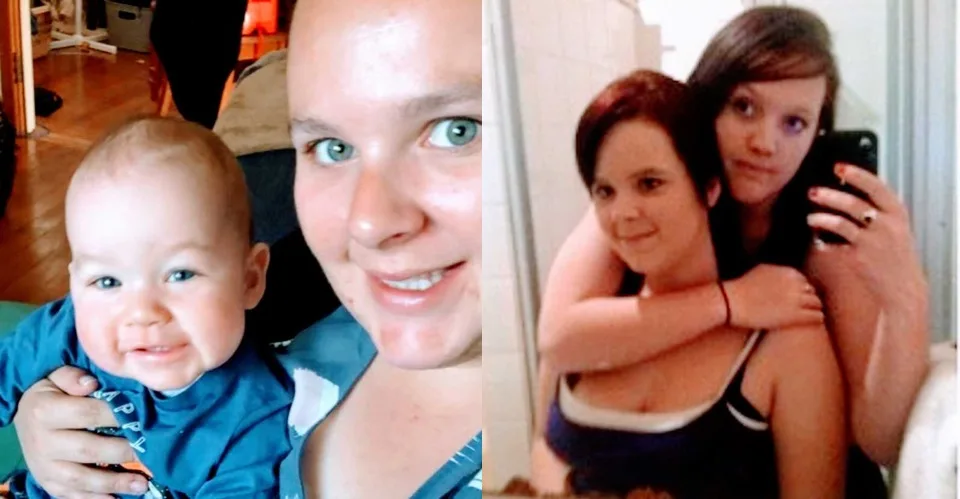Choice made room for love; the right to decide is why she became a mother. This is a story of a woman making the best choices she could with love and trust as her guide. Getting pregnant took years. Doctors told her the odds were only 1-3 percent because her FSH was high and her ovaries seemed unresponsive. She tried to laugh through the pain, joking about those “Baby on Board” stickers to cope with feelings of being “barren.” An acupuncturist offered hope, and with cooperative fertility doctors, she started intrauterine insemination (IUI). The treatment meant Clomid, which made her feel like a stranger in her own skin. Adoption was on her mind, but she wasn’t ready for that path yet. Several IUI cycles failed.
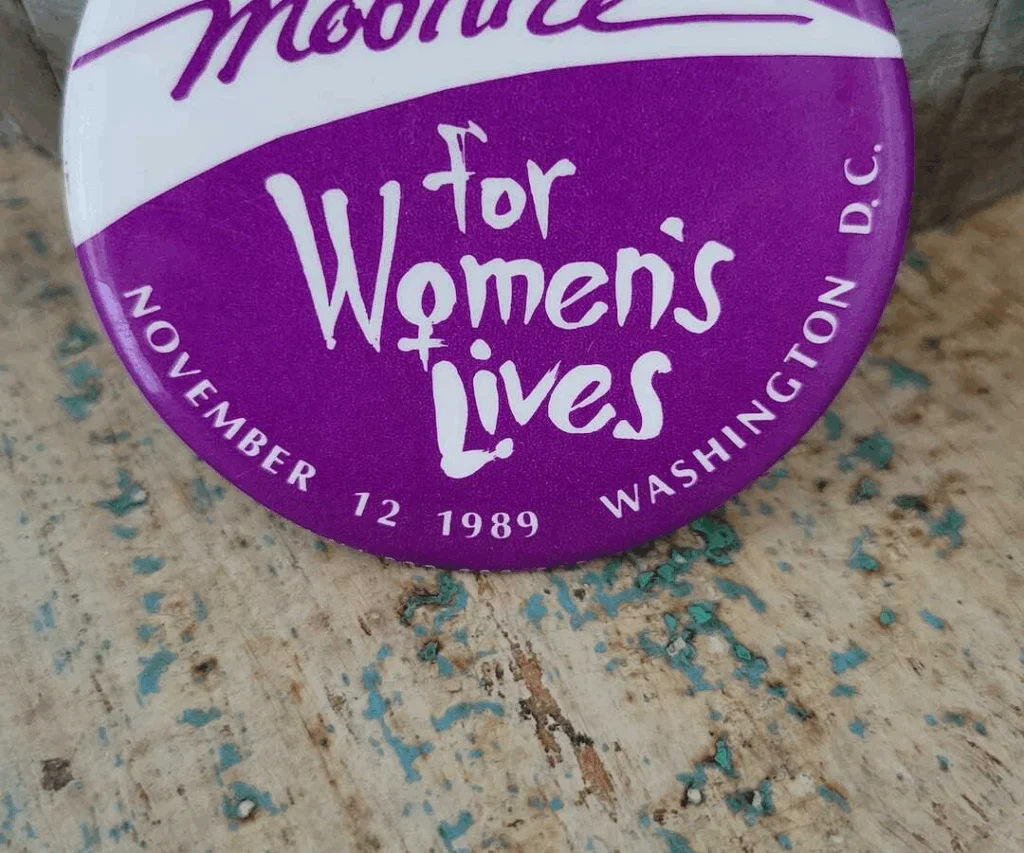
Then, following her acupuncturist’s advice, she added progesterone, and she became pregnant the very next cycle. The first trimester was calm. By the end, everything looked normal, and she was told she was “out of the woods.” Because of her age and her mother’s history of a child with a birth defect, she asked for a nuchal fold scan. The appointment changed everything. The specialist, kind but direct, found a large cystic hygroma. He explained that fluid could build up under the baby’s skin, strain the tiny heart, and likely end the pregnancy. The prognosis was stark: more than a 99 percent chance the baby would not survive to birth or live long if born.

Continuing the pregnancy could also reduce her chances of having a future child. As a military spouse with federally funded insurance, she couldn’t get a termination covered, so the genetic counselor referred her to Planned Parenthood. She thought of her mother’s past: years earlier, when abortion was illegal, her mom had delivered a baby boy whose skull had not fully formed. He lived in pain for one week.
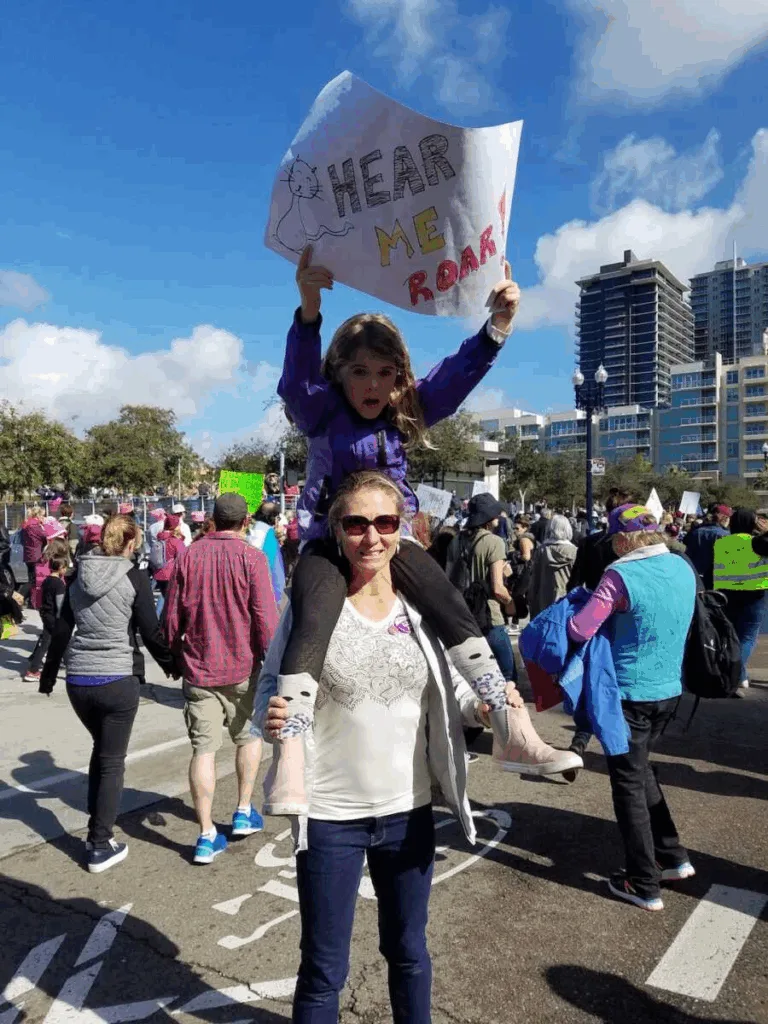
Her mother said that if she’d had a choice, she would have ended the pregnancy to prevent that suffering. With her husband’s steady support, her mother’s understanding, and the doctor’s clarity, she chose a therapeutic termination, an act she believed was the most humane for both herself and her baby. The second-trimester procedure began with Laminaria (dried seaweed) to gently dilate her cervix overnight. The cramps were harsh, matched only by the grief of letting go of a long-dreamed-of child. She cried for hours. The next day, a staff member in Raiders scrubs walked her back.
It wasn’t what she expected, but his calm presence made her feel safe and seen. Planned Parenthood confirmed what the specialist said: it was the most transparent, severe case they’d encountered. Five months later, she conceived again. She decided not to guard her heart but to lean in with full hope and love, knowing she could not protect herself from every outcome.
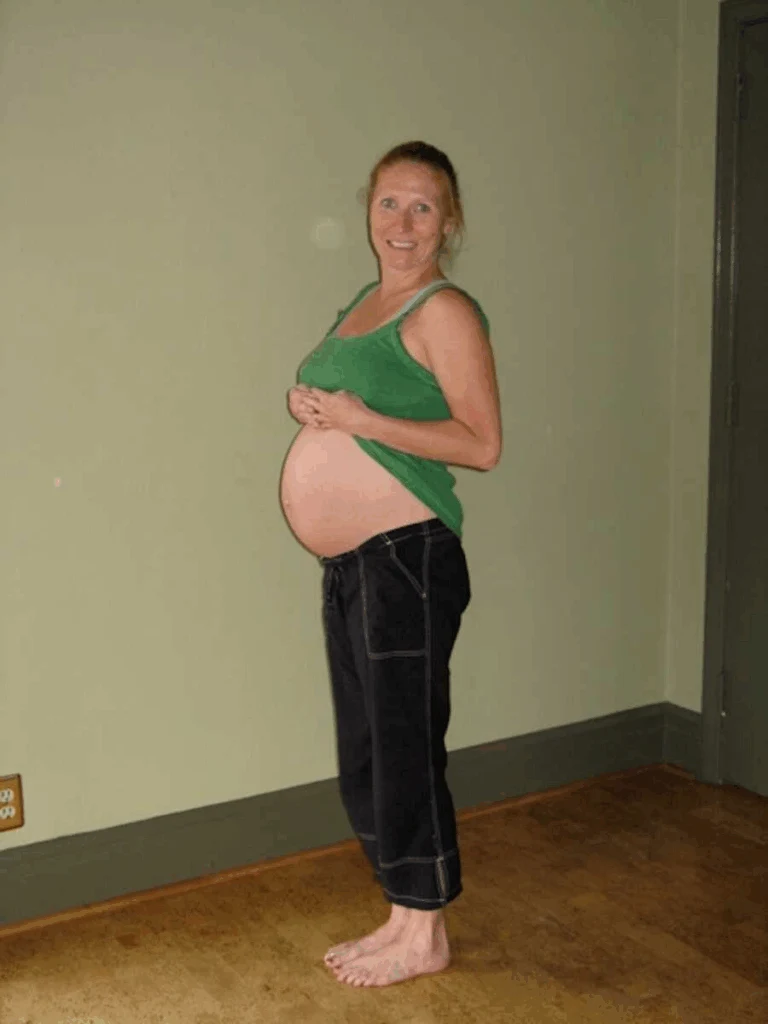
This time, the pregnancy was smooth. Her daughter arrived healthy, eleven days late, and dazzling. Only after holding her child did she truly gasp the depth of her mother’s earlier loss and the full measure of the support her mother had given her. She realized she had never said thank you plainly enough. So she says it now: thank you, Mom, for listening without judgment and standing by her through the hardest life decision. She also knows that without legal, compassionate abortion care, her daughter might not exist.
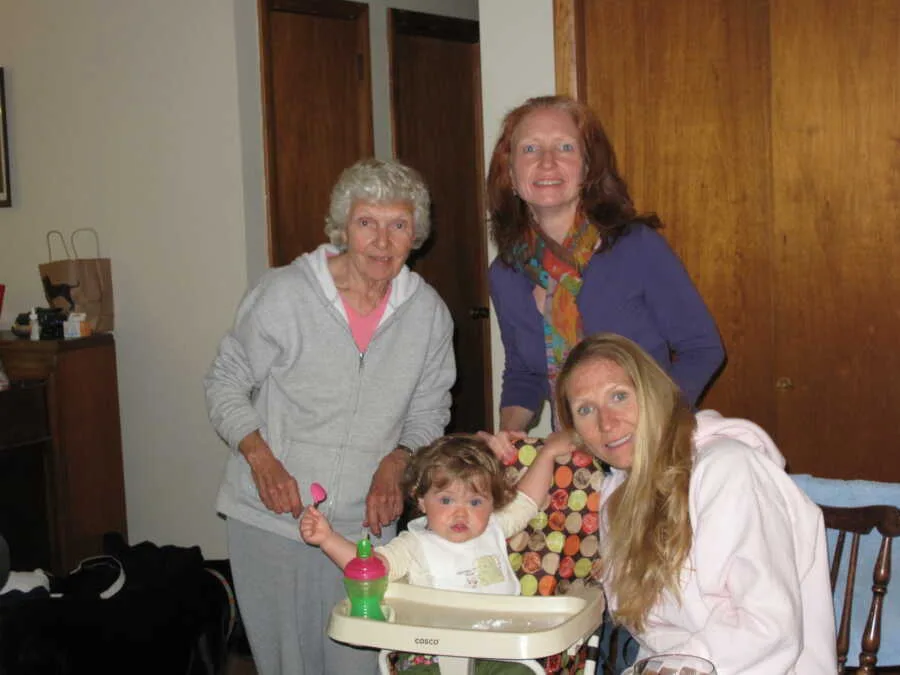
She could not have endured a late loss and then tried again. Changing laws now risks sending many women back to choices like her mother faced, forced suffering without options. To her, women are entrusted with their own bodies and futures, and that trust must include the freedom to decide when and how to become mothers.
